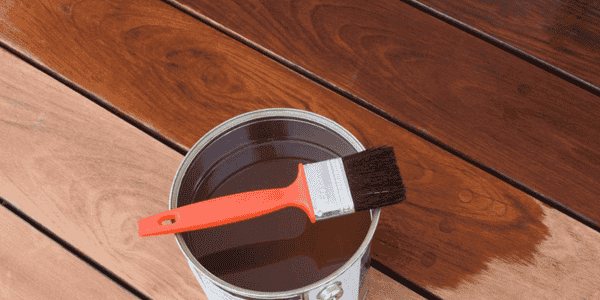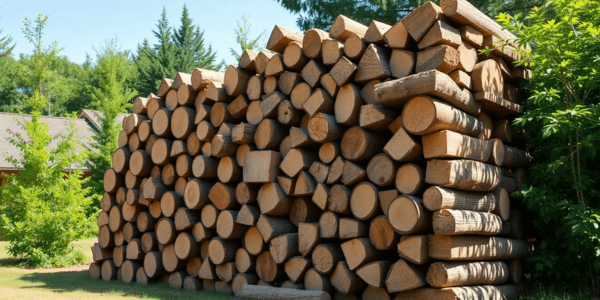For woodworking enthusiasts, DIYers, and carpenters in the USA, the handsaw remains an essential tool. Despite the advent of power tools, the handsaw is still valued for its simplicity, precision, and versatility when cutting wood. However, the efficiency and quality of a handsaw largely depend on one key factor: sharpness. A sharp saw performs seamlessly, while a dull saw can create frustration, unsafe working conditions, and poor results.
In this article, we’ll discuss the differences between a sharp and a dull handsaw, how sharpness impacts performance, and why maintaining your saw’s edge is crucial for safe and efficient woodworking.
The Importance of a Sharp Handsaw
A handsaw works through a combination of precision teeth and the manual effort you apply. Sharp teeth cleanly cut through wood fibers, producing straight and smooth cuts with minimal resistance. When the saw becomes dull, its teeth lose their sharp edges, requiring more force to cut and leading to poor performance.
What Makes a Handsaw Sharp?
A sharp handsaw has:
- Defined, crisp teeth: Each tooth has a fine, sharp point and edge that slices through wood fibers with minimal effort.
- Proper set: The teeth are slightly angled outward on either side to create a kerf (cutting groove) that prevents binding.
- Consistent geometry: Even spacing and uniform height of teeth ensure smooth, even cuts.
Sharp vs. Dull Handsaw: The Key Differences
Let’s compare sharp and dull handsaws across several factors that affect cutting performance:
| Feature | Sharp Handsaw | Dull Handsaw |
|---|---|---|
| Cutting Efficiency | Cuts cleanly and quickly with minimal effort | Requires more effort; slow, inefficient cutting |
| Cut Quality | Smooth, clean edges with precision | Rough, jagged edges with splintering |
| Energy Requirement | Requires minimal energy; glides easily | Demands more energy; feels like hard labor |
| Safety | Safer; less risk of slipping or binding | Dangerous; increased chance of slips and kickback |
| Accuracy | Produces straight, controlled cuts | Cuts are inconsistent or misaligned |
| Wood Damage | Minimal wood tear-out or damage | Causes splintering, tear-out, and uneven cuts |
| Fatigue | Low fatigue; smooth operation | High fatigue; harder to maintain control |
1. Cutting Efficiency
A sharp handsaw cuts through wood quickly and cleanly. The sharp teeth bite into the wood fibers efficiently, making each stroke productive. For tasks like cross-cutting boards or ripping along the grain, a sharp saw allows you to work faster without excessive effort.
A dull handsaw, on the other hand, struggles to penetrate wood fibers. You’ll find yourself applying more force, taking longer, and sweating through what should be a straightforward cut. The dull teeth slide instead of slicing, leading to frustratingly slow progress.
2. Cut Quality
Sharp handsaws produce clean and precise cuts, leaving smooth edges with minimal tear-out or splintering. This is particularly important for fine woodworking projects, such as furniture making, where accuracy and aesthetics matter.
A dull handsaw leaves behind rough, jagged edges that require additional sanding or planing to correct. Splintering and tear-out are common issues when the saw teeth can no longer cleanly slice through the wood. For detailed cuts, a dull saw can ruin your material and waste time.
3. Energy Requirement and User Fatigue
One of the most noticeable differences between a sharp and dull handsaw is the energy required to use it. A sharp saw glides smoothly with minimal pressure, reducing strain on your arms and shoulders. This allows you to work longer without feeling fatigued.
In contrast, a dull saw requires you to push harder and make more strokes to achieve the same result. Over time, this leads to muscle fatigue, frustration, and an increased likelihood of giving up on a project altogether.
4. Safety Considerations
Using a dull handsaw increases safety risks. When the saw cannot bite into the wood properly, it is more likely to slip or bind. A sudden slip can cause the saw to lurch unpredictably, posing a risk to your hands and other body parts.
Sharp saws are safer because they operate predictably. With clean, controlled strokes, you reduce the chance of accidents caused by sudden slipping or loss of control.
5. Accuracy and Control
Precision is essential when cutting wood for furniture, cabinets, or trim. A sharp handsaw provides better control and accuracy because it requires less force and follows your guide line effortlessly. You can make clean, straight cuts that meet your specifications.
With a dull saw, maintaining accuracy becomes difficult. The saw might wander off-course as it struggles to penetrate the wood, leading to uneven or angled cuts that compromise your project’s quality.
6. Maintenance and Longevity
A sharp handsaw is an investment that pays off over time. With proper care, including regular sharpening, your saw will perform consistently for years.
If you let your handsaw dull and fail to maintain it, you’ll end up working harder, damaging your materials, and eventually replacing the tool altogether. Proper maintenance ensures longevity and optimal performance.
How to Tell If Your Handsaw Is Dull
Here are signs that your handsaw needs sharpening:
- Increased Resistance: You feel like you’re pushing harder, and the saw doesn’t glide smoothly.
- Rough Cuts: Cuts appear jagged, splintered, or uneven.
- Sawdust Consistency: Sharp saws create thin, fine shavings, while dull saws produce powdery dust.
- Slipping Teeth: The saw teeth struggle to “bite” into the wood and slide instead.
Tips to Keep Your Handsaw Sharp
- Regular Sharpening: Use a triangular file to sharpen the teeth. If you’re unsure, take the saw to a professional for sharpening.
- Clean the Blade: Wipe off sap, resin, or rust after use to prevent dulling.
- Store Properly: Hang the saw or keep it in a protective case to avoid damage to the teeth.
- Avoid Cutting Improper Materials: Don’t use your wood saw on nails, screws, or metals.
Final Thoughts
When it comes to handsaws, sharpness makes all the difference. A sharp saw delivers clean, accurate cuts with minimal effort, while a dull saw results in rough work, fatigue, and frustration. Maintaining a sharp edge ensures safer, more efficient, and more enjoyable woodworking experiences.
Invest time in caring for your handsaw, and it will reward you with years of reliable performance. Whether you’re a DIY enthusiast or a professional carpenter, keeping your saw sharp is essential to achieving precision and quality in every project.


